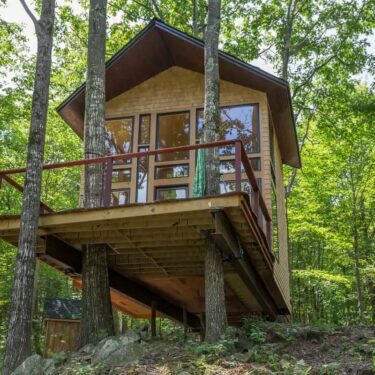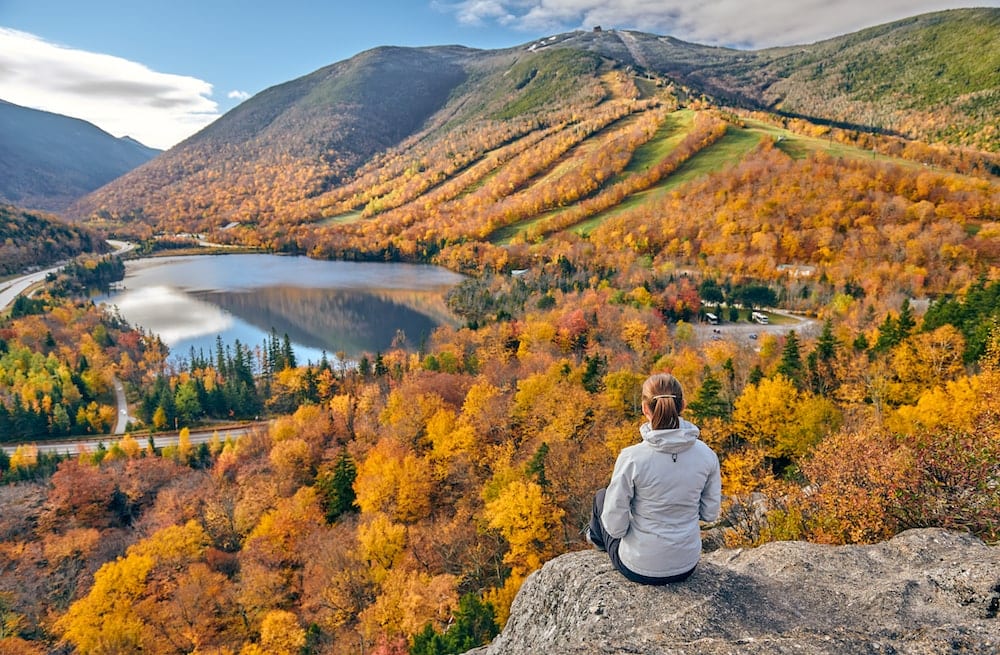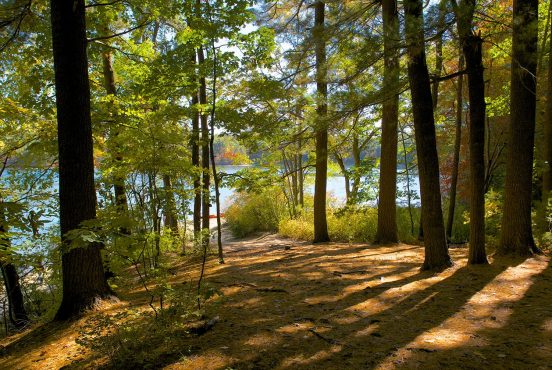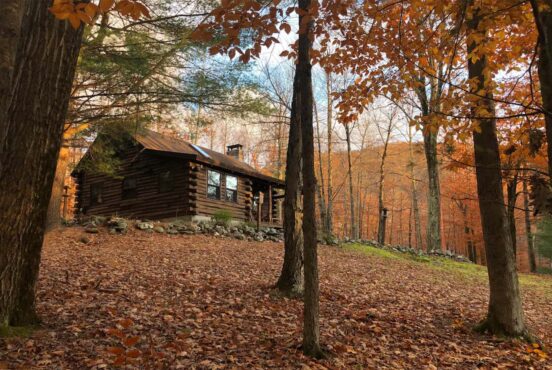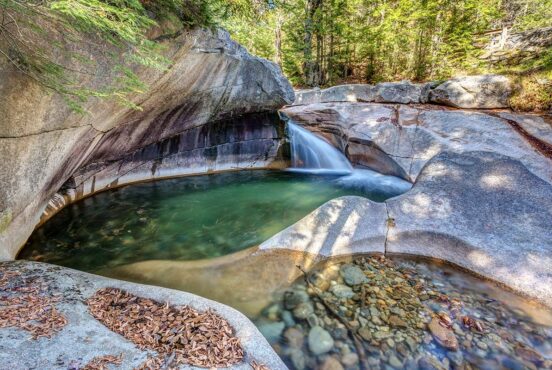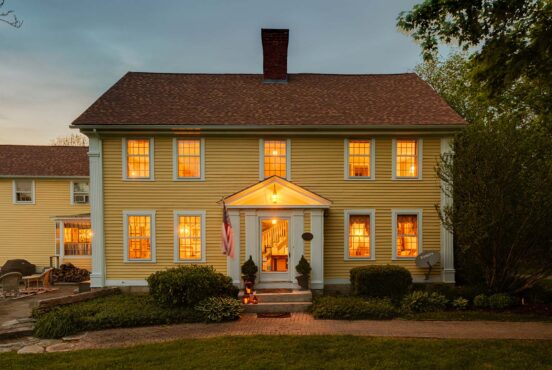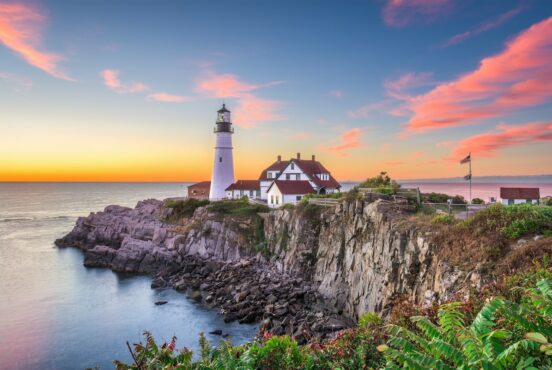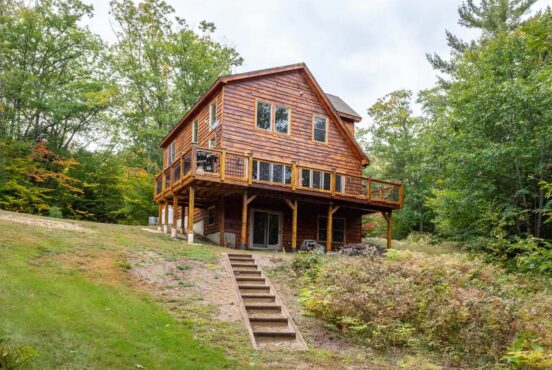From the tallest mountains in the northeast to the picturesque covered bridges that sit below them, New Hampshire’s landscapes create ideal settings for fall adventures.
Do a search for “beautiful fall foliage” and the first photo that pops up will likely be one from New England. However, there’s nothing like the striking assortment of colors in the Granite State specifically. Even as a writer, I struggle to find the right words to describe the different hues you’ll encounter here in New Hampshire, where I live.
There’s a rust orange color to the American beech trees that reminds me of a slightly overripe pumpkin, and the color of red oak trees reminds me of a ruby-red paint job from a 1940’s Ford truck. And oh, the purple color of Japanese maple trees are the exact shade of merlot grapes.
Well, okay — maybe it isn’t that hard to describe the colors.
After living in several places throughout North America, I can fully attest that there’s nothing like a New Hampshire autumn and nothing like the fall foliage in New Hampshire. Although there’s no real wrong place to go for finding foliage in New Hampshire, the locations below are my top picks for the best spots.
Related Read: 7 Magical Treehouse Rentals in New Hampshire
A Quick Note About New Hampshire Fall Foliage
As with many other places in the United States, New Hampshire is not immune to climate change. And an especially dry or hot summer can impact how vibrant the leaves are the following fall. If it’s an especially wet summer, fall foliage will be later than usual; if it’s unusually dry, it’ll be earlier. So the peak viewing windows below are good guesses, but not guarantees.
New Hampshire is known for its hardwood forests, which include oaks, maples, birches, and beech trees. Each brings a different set of colors each fall. But believe it or not, the colors have been there all along – they just aren’t revealed until the chlorophyll (what makes the leaf green) breaks down.
More info, you say? No problem — you’re talking to a professional ecologist, after all!
After the chlorophyll deteriorates, other chemicals called carotenoids reveal themselves. These chemicals (which includes carotene and xanthophyll) create yellowish-orange pigments, like those in corn and carrots. Many trees have also evolved to produce yet another type of chemical called anthocyanins, which have a reddish tint. This chemical is what gives a blueberry its color.
It’s the mixture of all these chemicals that make leaves appear to change colors. If a tree has a lot of anthocyanin, it’ll be more red or purple, like New Hampshire’s Japanese maples or dogwoods. If they’ve got more carotene, leaves will turn yellow, as seen in birches and beech trees. More xanthophyll will create a striking orange color sugar maples are known for. You can learn more about this totally fascinating process here.
Those chemicals are what makes fall foliage in New Hampshire as varied as it is. Fortunately, the recommendations below should ensure you see the state’s many shades.
Related Read: 8 Epic Camping Spots in White Mountain National Forest
1. The Kancamagus Highway
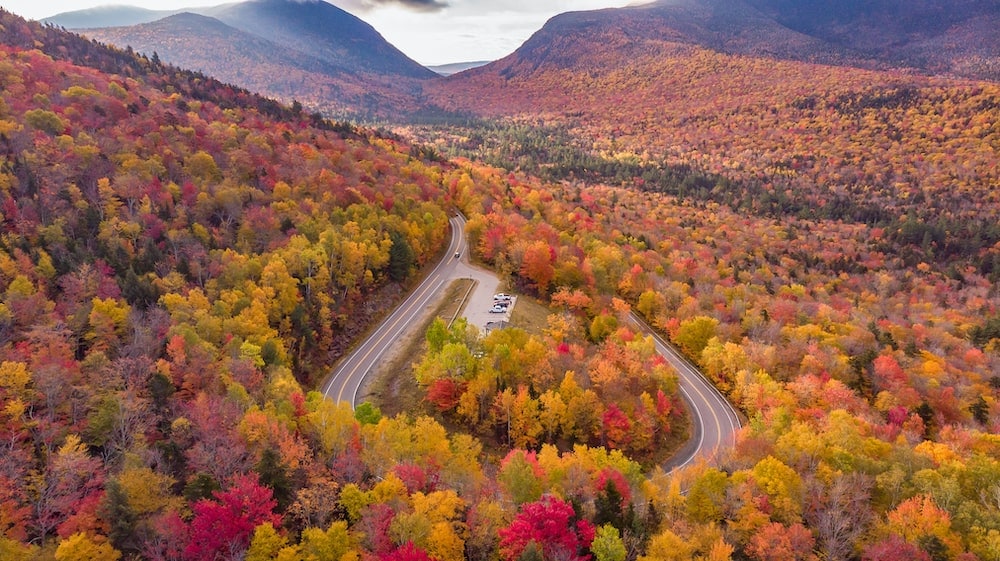
Why you should go: The place to see the glory of the White Mountains in the fall.
- Nearest town: North Conway or North Woodstock
- Peak foliage: Early to mid-October
Give yourself plenty of time to drive the Kancamagus Highway, especially on weekends. This is one of the most popular spots to view the changing colors for good reason. Not only is the drive itself jaw-dropping, but there are also several spots to pull off along the scenic byway in case you want to take some photos or walk between the trees.
I suggest stopping at Sabbaday Falls to walk the waterfall-view boardwalk. From there, you can walk to Lower Falls and Rocky Gorge, too. Other overlooks with amazing views include the Pemigewasset, Hancock, and Sugar Hill overlooks. If you need a quintessential New England autumn backdrop for a photoshoot, stop at the Albany Covered Bridge.
For the most unique experience, go during the week and early in the morning. The foggy sunrise makes the colors here extra magical.
Related Read: The Best Time of Year to Visit New Hampshire
2. Lake Winnipesaukee
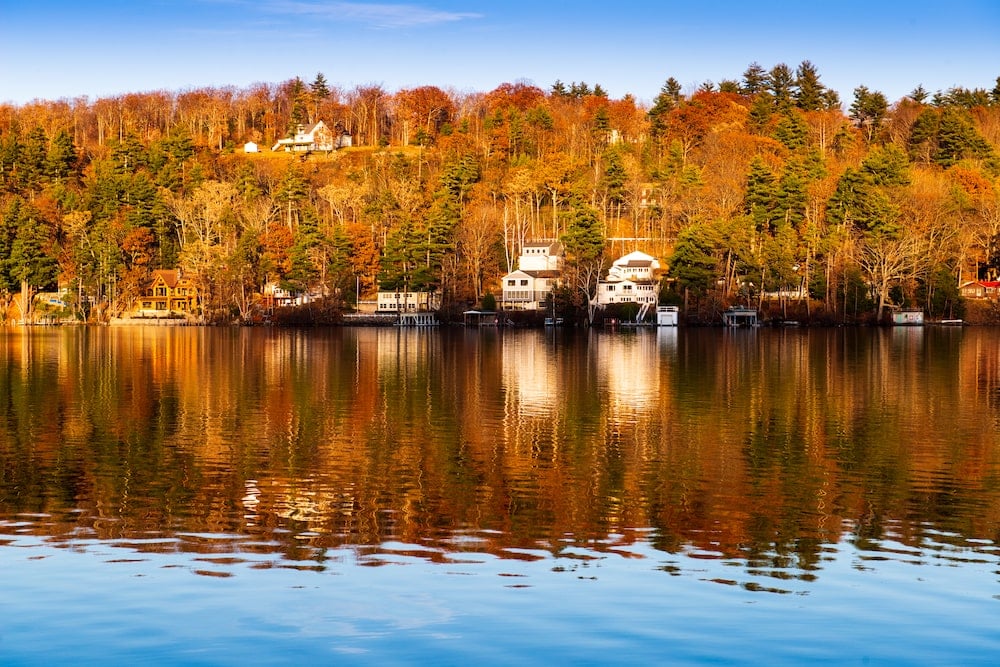
Why you should go: See New Hampshire’s fall foliage reflect on a bright blue lake.
- Nearest town: Meredith or Wolfeboro
- Peak foliage: Mid-to-late October
If you managed to make it all summer without breaking out your kayaks or canoes, there’s still plenty of time. Pack them on your car and take ’em to New Hampshire’s largest lake to breathe in the crisp autumn air from the water. The reflections of the yellow, orange, and red hues doubles the New Hampshire fall foliage viewing (and makes for fantastic photos). If you head out early in the morning, the lake will be as smooth as glass and create a mirror image of the surrounding hills. It’s a photographer’s (or paddler’s) paradise.
Related Read: 10 of the Best Romantic Getaways in New Hampshire
3. Currier & Ives Scenic Byway
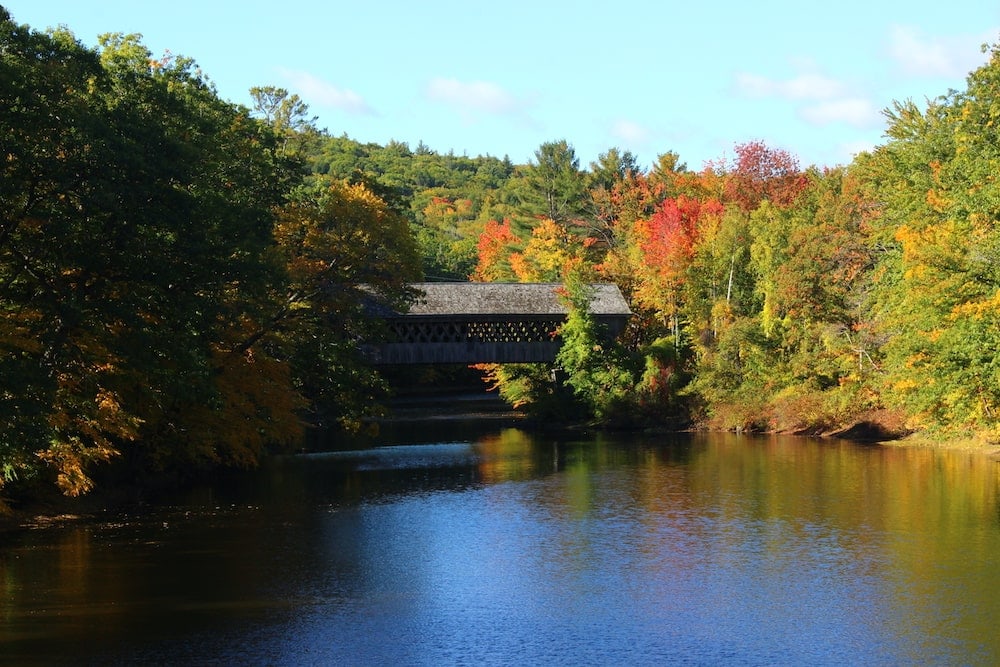
Why you should go: For covered bridges against the autumn landscape.
- Nearest town: Henniker or Salisbury
- Peak foliage: Mid-to-late October
This 30-mile drive might not have big mountain views, but the Currier & Ives Scenic Byway is the drive to take if you only have time for one afternoon to spend looking for fall foliage in New Hampshire. Really — take any chance you have to drive this byway.
Those quintessential New England fall foliage photos I mentioned earlier? They’re likely taken from along this route. Many famous artists were very fond of this byway, including the two it was named after.
Just as I have a hard time describing the beauty of the fall in New Hampshire, so too did these artists have a tough time capturing it in a painting. But if you want to see their attempts (which are still pretty damn good), head to the Chester Art Gallery at New England College while en route.
Related Read: 9 Must-See Waterfalls in Maine You Can Hike To
4. Mount Washington
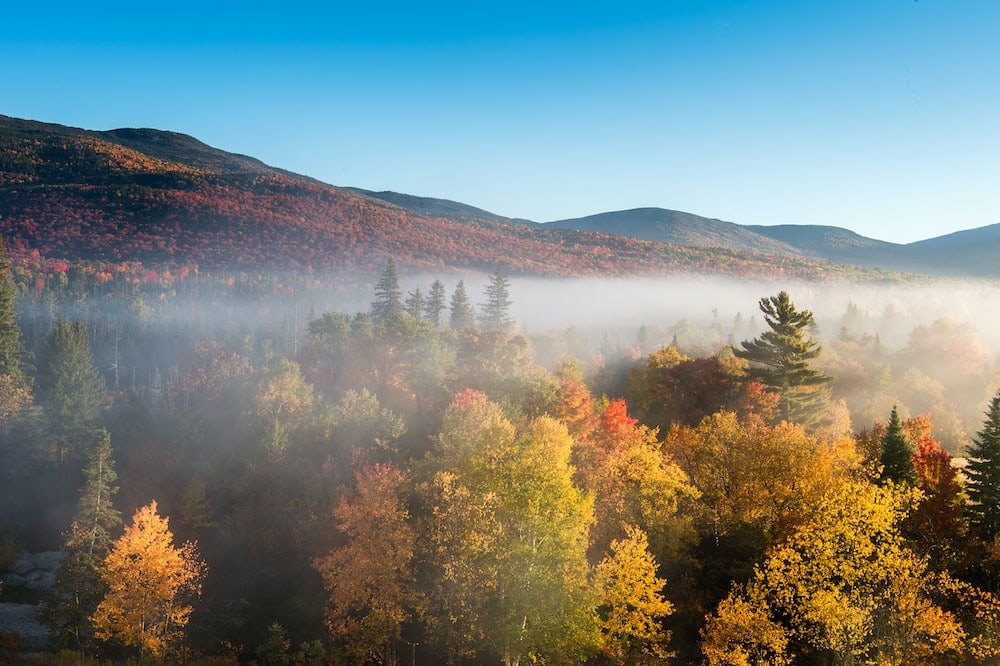
Why you should go: Get the highest possible view of the surrounding fall colors in New Hampshire and beyond.
- Nearest town: Sargent’s Purchase
- Peak foliage: Early or mid-October
Mount Washington stands at 6,288 feet above sea level and is the tallest mountain in the northeast. On a clear day, the view from the top seems endless and is especially stunning in autumn. But the tricky part is actually finding a clear day.
New England’s tallest mountain is rumored to have the the worst weather in the country and clouds obscure the view nearly every day. Keep an eye on the weather forecast to find the best day and time to visit the area. The Mount Washington Observatory has a weather station and a live camera at the summit for the most up-to-date information.
There are several ways to get up the mountain, including the good ol’ fashioned way: with your own two feet. The trail is strenuous and not for novice hikers, so come prepared. People have died of exposure on Mount Washington. If you’d rather take it easy, grab a ride on the Cog Railway or drive your own vehicle along the Mount Washington Auto Road.
Related Read: Where to View the Best Fall Foliage in New England
5. Moose Alley
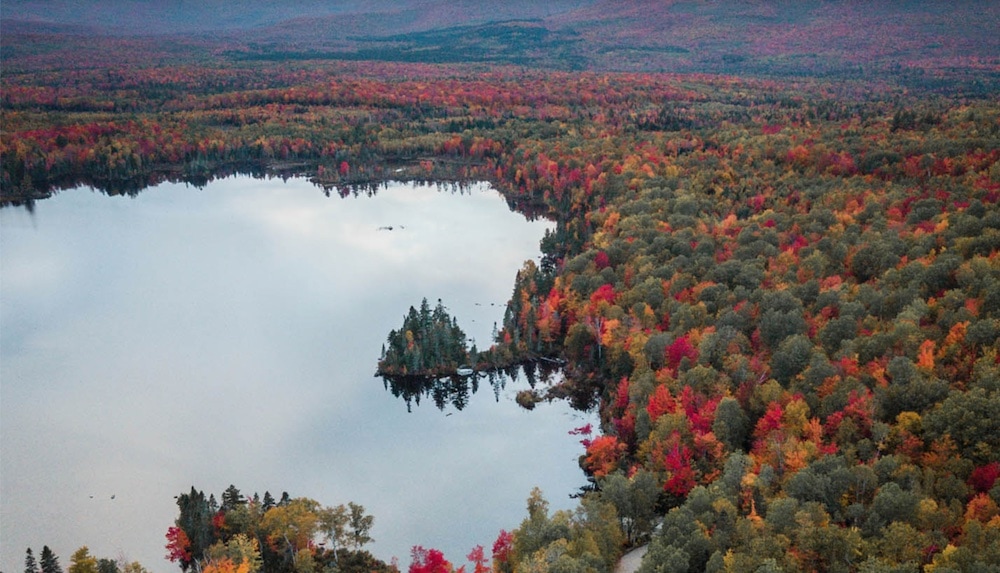
Why you should go: Well, it’s not called Moose Alley for nothing.
- Nearest town: Gorham or Colebrook
- Peak foliage: Early or mid-October
Head up to the Great North Woods if you want the best chance at seeing some wildlife while also avoiding the crowds. This northern section of the Granite State is much more remote than the southern parts but incredibly beautiful.
The Great North Woods encompasses huge swaths of pine forest and wetlands, which is the perfect habitat for moose. They thrive in the area and you’re almost guaranteed to see one. The route along Moose Alley starts in Gorham on Route 16 and heads north towards Errol. Throughout the route, you’ll pass through several state parks, a scenic area, and a national wildlife refuge.
I recommend stopping at Pontook Reservoir (between Gorham and Errol) at dawn for best wildlife viewing. It’s worth the early wake-up call.
Related Read: 12 Best Spots to See New York’s Fall Foliage
6. Mount Monadnock
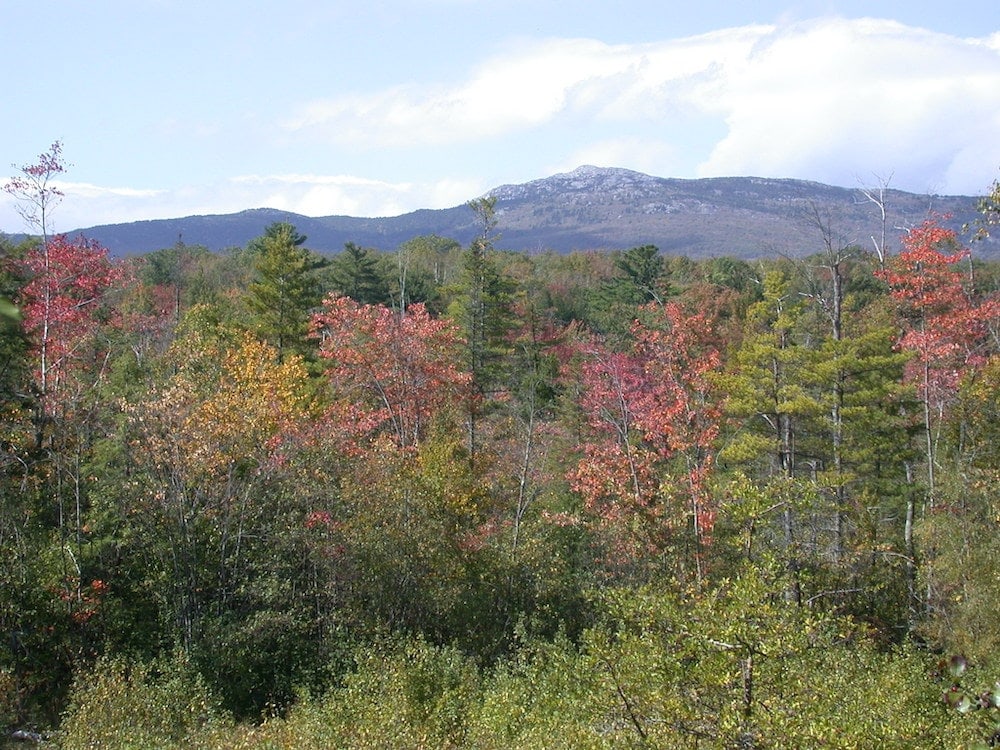
Why you should go: See why Henry David Thoreau wrote odes about this mountain.
- Nearest town: Jaffrey
- Peak foliage: Mid-to-late October
Thoreau wasn’t the only writer to reference this southwestern New Hampshire mountain. Nathanial Hawthorne also compared it to a “sapphire in the sky” and Ralph Waldo Emerson labeled it “the new Olympus.” But you don’t have to be a transcendentalist to see why so many poets and authors decided to use Mount Monadnock as their inspiration.
It seems like a more prominent mountain as it’s a bit removed from the northern White Mountains and completely bald on its summit. That gives you 360-degree views of the White Mountains to the north and the Green Mountains to the west. For a mountain just a bit higher than 3,000 feet above sea level, the hike is moderately easy. Just make sure to bring your camera (and a notebook to channel your inner Thoreau) because the foliage in New Hampshire on Mount Monadnock is insane – the colors will be popping!
Related Read: 12 Best Spots to See Pennsylvania’s Fall Foliage
7. Mount Willard
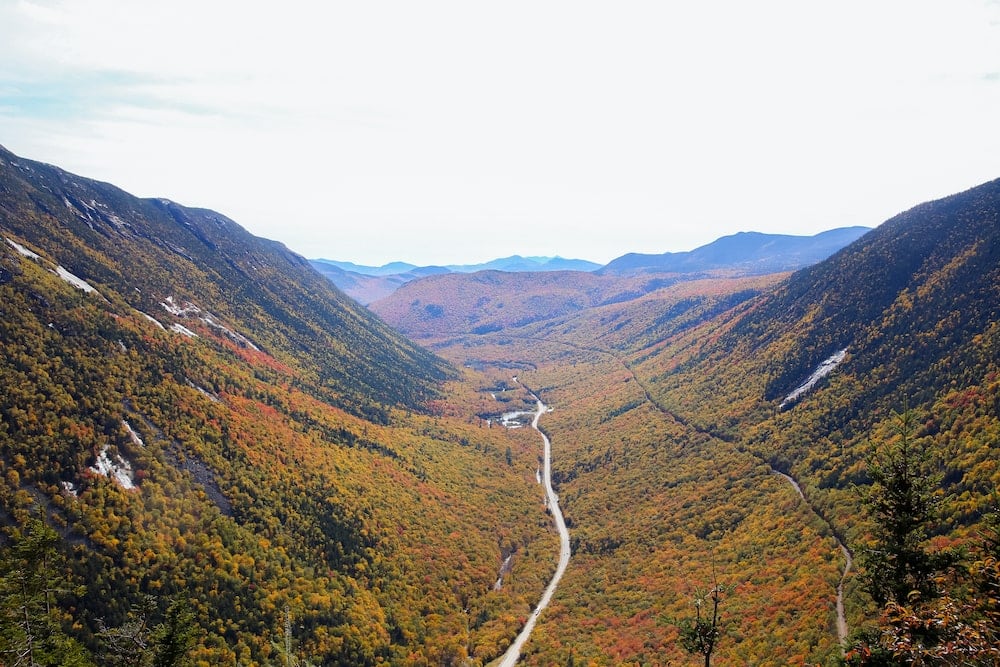
Why you should go: If you searched “best hike in the fall in New Hampshire”, this would be the photo you see.
- Nearest town: Hart’s Location
- Peak foliage: Early to mid-October
You won’t be alone at the viewpoint when you hike Mount Willard. Its iconic lookout spot will be packed full of other New Hampshire fall foliage chasers, but thankfully, the wide summit has more than enough room. Within Crawford Notch State Park, Mount Willard is an easy but rewarding hike. With only three miles roundtrip and 900 feet of elevation gain, it’s good for all ages and skill levels.
This is one of the most popular places to view fall foliage in New Hampshire — go early on a weekday unless you want to get up at 5 a.m. The trailhead can fill up on weekends by 7 a.m. — no joke!
Related Read: The Top 10 Best Campgrounds in New Hampshire
8. Cannon Mountain
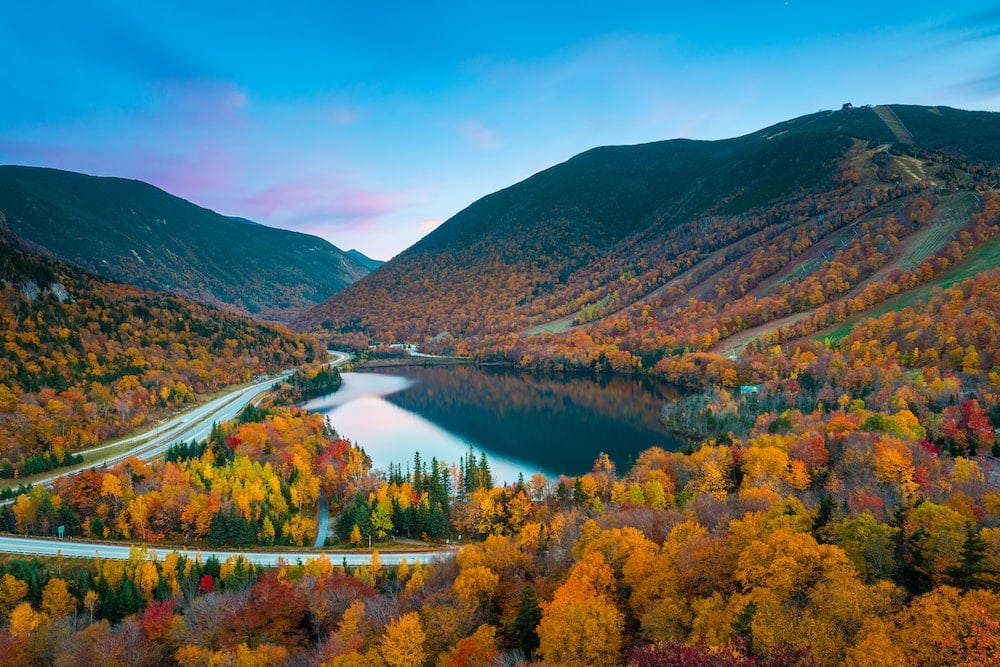
Why you should go: See fall foliage in New Hampshire by air without renting a helicopter.
- Nearest town: Franconia
- Peak foliage: Early to mid-October
Cannon Mountain is one of New Hampshire’s 48 4Kers (peaks more than 4,000 feet above sea level). Not everyone has the ability to hike up the mountain on their own two feet, but you can get up to the top via an aerial tramway. It’s a great option for travelers with limited mobility (or sore legs from hiking) who are still dying to see the gorgeous fall colors. It’s in Franconia Notch State Park, which has some of the best fall foliage in the state. When you’re done on the tram, take a drive over to the Flume Gorge trailhead for an incredible two-mile walk along a narrow gorge.
Related Read: 10 Best Hikes in Vermont for Woodsy Explorations
9. Crawford Train Depot
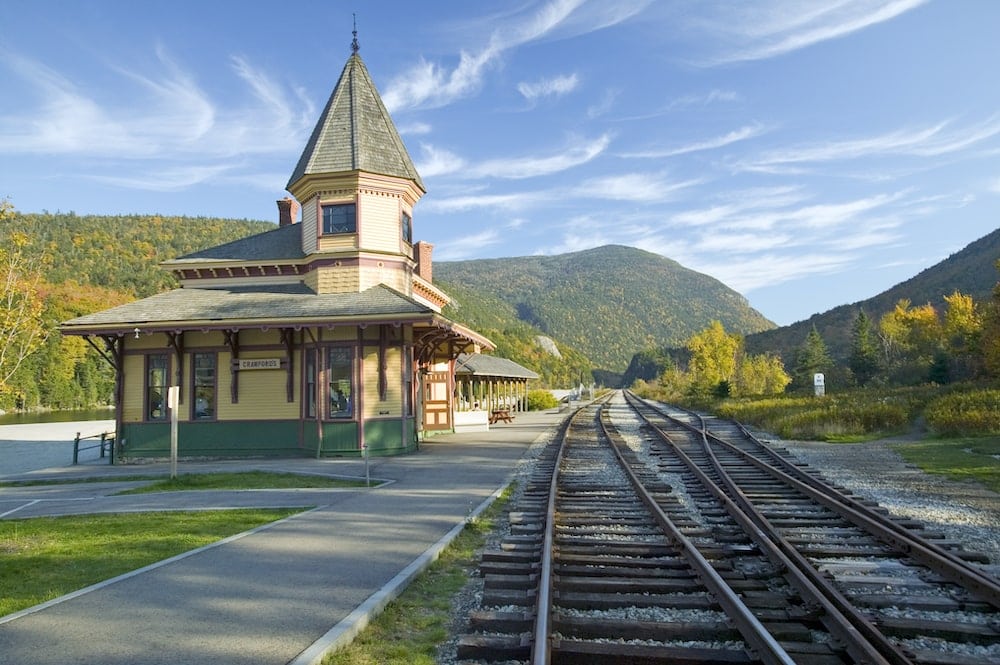
Why you should go: For when your legs need a rest (or not).
- Nearest town: Hart’s Location
- Peak foliage: Early to mid-October
More adventurous types will want to head to the Crawford Train Depot, the jumping-off point for an array of hikes. The Mount Willard trailhead (another top spot to see the fall foliage in New Hampshire) is also in the area. If you want to hit up a 4Ker, head up the Crawford Path to several mountains in the Presidential Mountain Range.
But if you want to take the scenic route without having to move your feet — or even drive — the Conway Scenic Railroad is the way to go. The Mountaineer train passes this exact spot on it’s 5.5-hour-long route. Note that if you want to get on the train, you’ll need to hop aboard at the main railway station in North Conway.
Related read: Top 9 Things to do in North Conway, New Hampshire
Find Your Next New Hampshire Adventure
Sign up for the Weekend Wanderer to join thousands of readers getting epic travel and gear ideas every week.
Seen in: Fall Colors, New England, New Hampshire, Northeast

